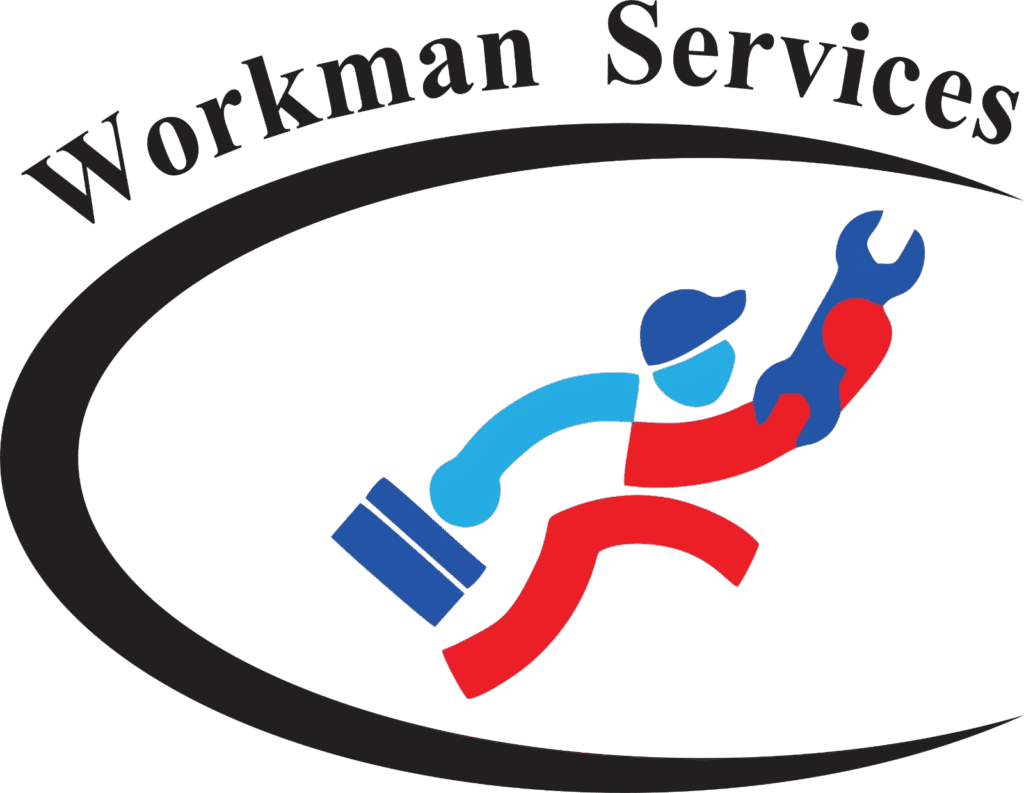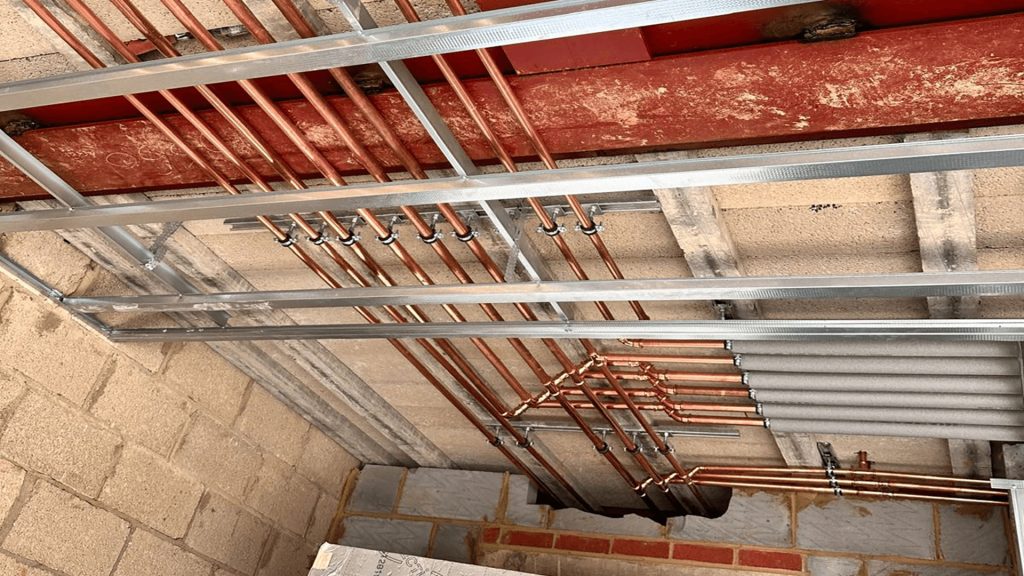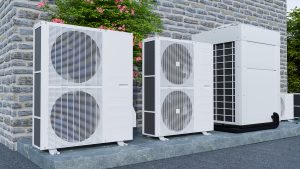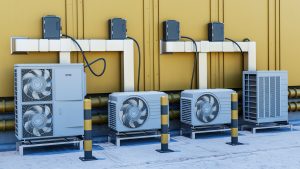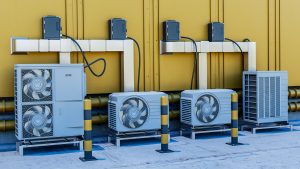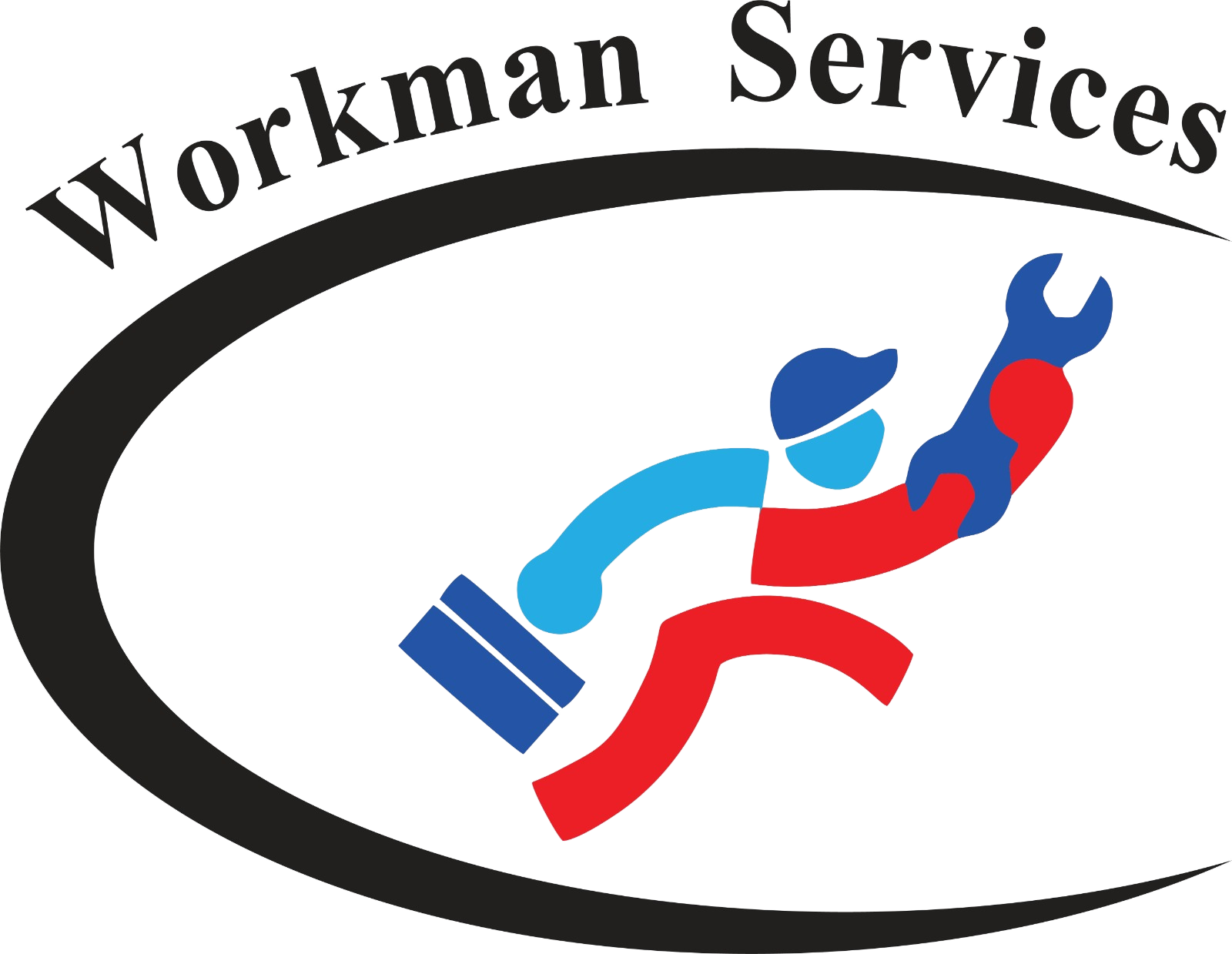Table of Contents
ToggleThe Unseen Advantage: Why Underground Piping Systems Are Essential
In modern construction and infrastructure, what lies beneath the surface is just as critical as what stands above it. The complex network of pipes that deliver clean water, manage waste, and protect utilities is the lifeblood of our homes and businesses. While traditional exposed piping has its place, the shift towards underground piping systems represents a significant leap forward in safety, aesthetics, and long-term durability. These hidden networks offer a robust solution for a wide range of applications, from residential plumbing to large-scale industrial projects.
For property owners and facility managers, understanding the value of concealed and underground piping is key to making informed decisions. This guide will explore the importance of these systems, detailing everything from installation to maintenance. We will cover the significant concealed piping benefits, modern repair techniques like trenchless pipe repair, and the critical role of underground drainage systems. At Workman Services, we specialize in delivering these advanced solutions, ensuring your property is built on a foundation of reliability and excellence.
Understanding Underground Piping: More Than Just Buried Pipes
At its core, an underground piping system is a network of pipes installed below ground level. These systems are designed to transport fluids, gases, or even protect cabling from the elements. The applications are vast, including municipal water supply, sewage and drainage, natural gas distribution, and irrigation. Unlike exposed pipes, which are vulnerable to physical damage, temperature extremes, and vandalism, underground solutions offer superior protection and a clean, uncluttered aesthetic.
The design and implementation of effective underground piping systems require specialized expertise. Factors like soil composition, environmental conditions, the type of material being transported, and local regulations all play a crucial role. The success of an underground pipe installation hinges on meticulous planning and precise execution to prevent leaks, blockages, and costly future repairs. This is why partnering with an experienced provider like Workman Services is essential for ensuring the integrity and longevity of your infrastructure.
The Critical Role of Professional Underground Pipe Installation
The process of installing pipes beneath the ground is far more complex than simply digging a trench. A professional underground pipe installation involves several key stages, each demanding precision and technical knowledge. It starts with a thorough site assessment and survey to map out the optimal route, avoiding existing utilities and potential obstacles. The depth and slope of the trenches must be calculated perfectly to ensure proper flow and prevent back-ups, particularly for underground drainage systems.
Material selection is another vital component. Pipes must be chosen based on their intended use, whether it’s high-pressure water mains requiring ductile iron or corrosion-resistant PVC for drainage. During installation, proper bedding and backfilling techniques are used to support the pipes and protect them from the weight of the soil above. A poorly executed installation can lead to pipe collapse, joint failure, and ground subsidence, creating major problems down the line. Professional installation guarantees that the system is not only functional but also secure and durable for decades.
The Major Concealed Piping Benefits for Your Property
Choosing to conceal your plumbing and utility lines underground offers a host of advantages that impact everything from property value to operational safety. These benefits make it a preferred choice for new construction and major renovation projects across residential, commercial, and industrial sectors.
1. Enhanced Aesthetics and Space Optimization
One of the most immediate concealed piping benefits is the improvement in visual appeal. Exposed pipes can be unsightly, disrupting clean architectural lines and creating a cluttered look. By placing them underground, you maintain a seamless and professional appearance. This is particularly important for commercial properties, landscaped gardens, and modern homes where design and aesthetics are a priority. Furthermore, it frees up valuable surface space that would otherwise be occupied by pipes and their supports.
2. Superior Protection and Durability
Underground pipes are shielded from a multitude of external threats. They are not exposed to the harsh effects of weather, such as UV radiation from the sun which can degrade certain materials, or the expansion and contraction caused by temperature swings. They are also safe from accidental impacts from vehicles, machinery, or human activity. This inherent protection significantly reduces the risk of leaks, bursts, and other physical damage, leading to a longer service life and fewer emergency repairs.
3. Increased Safety and Reduced Risk
Exposed pipes can present a significant safety hazard. They can be tripping hazards, and pipes carrying hot fluids or hazardous materials pose a direct risk of injury. In industrial settings, leaks from exposed chemical lines can create dangerous environments. By utilizing underground piping systems, these risks are effectively eliminated. The pipes are securely out of reach, ensuring a safer environment for employees, residents, and the general public.
The Importance of Effective Underground Drainage Systems
Water management is a fundamental aspect of property maintenance. Without a proper way to channel away rainwater and wastewater, properties can suffer from flooding, soil erosion, and structural damage. This is where well-designed underground drainage systems become indispensable. These systems are engineered to efficiently collect and divert water away from buildings and critical areas, protecting your investment.
A functional drainage system prevents water from pooling around foundations, which can weaken the structure and lead to catastrophic failures. It also helps prevent soil saturation that can kill lawns and gardens or create swampy, unusable land. In commercial and industrial contexts, effective drainage is crucial for maintaining operational safety, preventing slip hazards, and ensuring that work sites remain accessible even after heavy rainfall. The long-term health of any property relies heavily on its ability to manage water, making a robust drainage solution a non-negotiable component of its infrastructure.
When Things Go Wrong: The Rise of Trenchless Pipe Repair
Even the best-installed piping systems can face issues over time due to ground shifts, root intrusion, or material aging. In the past, repairing an underground pipe meant extensive excavation—digging up lawns, driveways, and parking lots to access the damaged section. This process was disruptive, time-consuming, and expensive. Today, modern technology offers a far more elegant solution: trenchless pipe repair.
This innovative method allows for the repair or replacement of underground pipes with minimal digging. There are two primary techniques:
- Pipe Lining: A flexible, resin-coated tube is inserted into the damaged pipe. It is then inflated, pressing the resin against the inner walls of the original pipe. The resin hardens, creating a new, seamless “pipe-within-a-pipe.” This seals cracks, bridges gaps, and prevents root intrusion without needing to excavate the old pipe.
- Pipe Bursting: For severely damaged or collapsed pipes, this technique is used. A new pipe is pulled through the old one while a “bursting head” breaks the old pipe apart, pushing the fragments into the surrounding soil. This effectively replaces the pipe along the same path with minimal surface disruption.
The advantages of trenchless pipe repair are immense. It saves significant time and money by avoiding the costs of excavation and landscape restoration. The process is much faster, reducing downtime for businesses and inconvenience for homeowners. For anyone facing issues with their underground piping systems, exploring trenchless options is a smart, efficient, and cost-effective choice.
Why Choose Workman Services for Your Piping Needs?
At Workman Services, we bring years of specialized experience to every project. We understand the unique challenges and requirements of installing and maintaining sophisticated underground piping systems in Pakistan. Our commitment to quality, safety, and customer satisfaction sets us apart.
- Expert Consultation and Design: We work with you to design a system tailored to your specific needs, ensuring optimal performance and compliance with all regulations.
- Professional Installation: Our skilled technicians utilize the latest equipment and techniques for every underground pipe installation, guaranteeing a secure and long-lasting result.
- Advanced Repair Solutions: We are experts in trenchless pipe repair, offering modern solutions that save you time and money while preserving your property.
- Comprehensive Services: From initial design and installation of water lines to the implementation of complex underground drainage systems, we provide a full spectrum of services to meet your needs.
Choosing concealed piping is an investment in the future of your property. The upfront planning pays off through decades of reliable service, enhanced safety, and improved aesthetics. Let Workman Services be your trusted partner in building a better, more reliable infrastructure from the ground down. Contact us today to learn more about our services and how we can help you realize the many concealed piping benefits.
Frequently Asked Questions (FAQ) on Underground Piping Systems
Q1: What are underground piping systems and where are they used?
Underground piping systems are networks of pipes installed below the ground to transport water, waste, gas, or other materials. They are commonly used in residential, commercial, and industrial buildings for water supply, drainage, sewage, and utility protection.
Q2: What are the main benefits of concealed piping or underground systems?
Concealed piping benefits include improved aesthetics, better protection from weather and physical damage, increased safety by reducing exposed hazards, and longer system lifespan due to reduced wear and tear.
Q3: How does the installation process for underground piping work?
The installation starts with site assessment, route planning, and material selection. Trenches are dug to the correct depth and slope, pipes are laid and securely joined, followed by proper backfilling and testing to ensure leak-free and durable performance.
Q4: What is trenchless pipe repair and when is it needed?
Trenchless pipe repair allows pipes to be fixed or replaced without excavation. It’s ideal for minimizing disruption, saving time and money, and is used when pipes are damaged, blocked, or leaking beneath landscapes or structures.
Q5: How can I maintain my underground piping system to ensure its longevity?
Regular inspection, prompt repair of minor leaks, periodic cleaning, and using professional maintenance services will help prevent major issues and extend the life of your underground pipes.
Q6: Why is a quality underground drainage system important?
A good underground drainage system prevents water accumulation, reduces the risk of flooding and structural damage, and keeps properties safe and usable even during heavy rain.
Q7: Why should I choose Workman Services for my piping needs?
Workman Services brings industry knowledge, customized solutions, professional installation, and modern repair methods to ensure your underground piping systems are efficient, long-lasting, and worry-free.
If you have more questions or need a personalized assessment, reach out to our experts at Workman Services.
